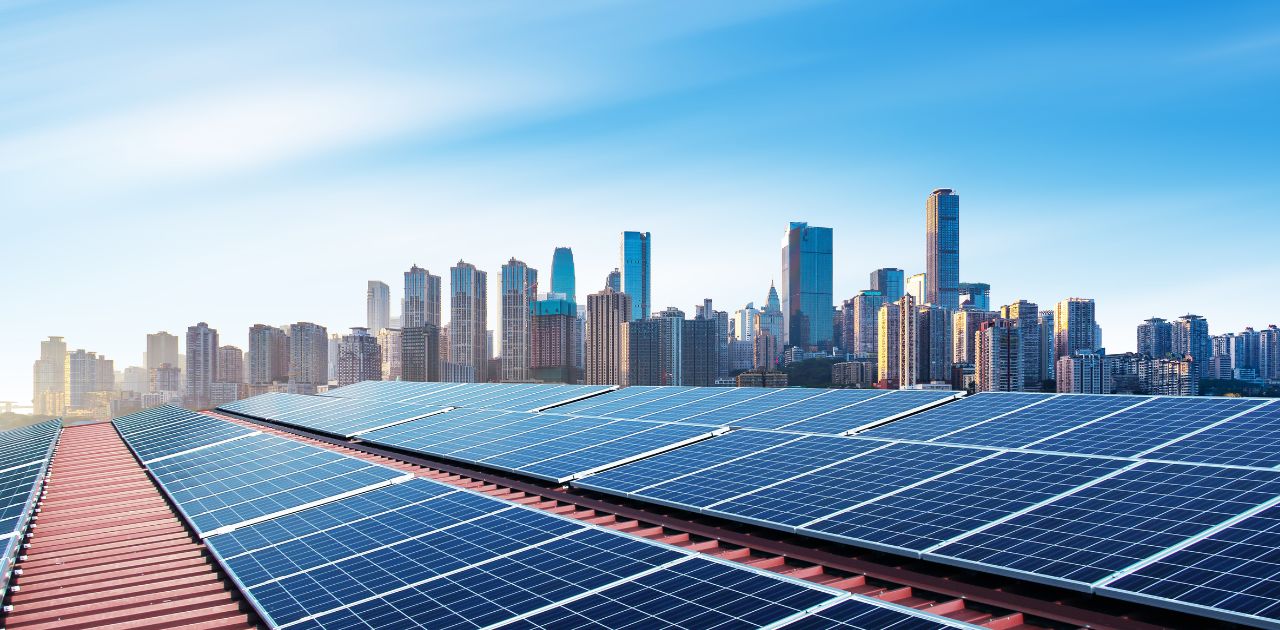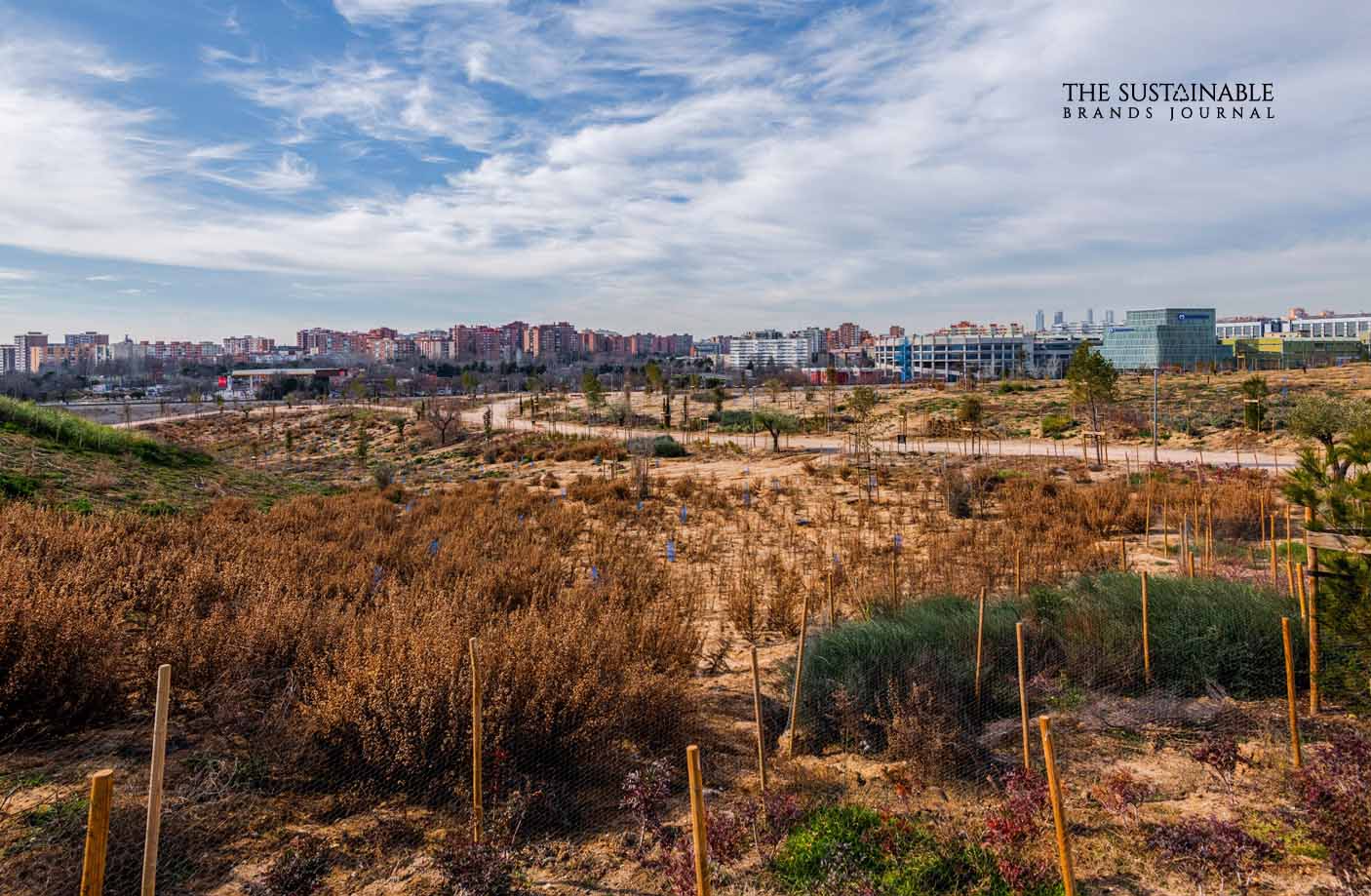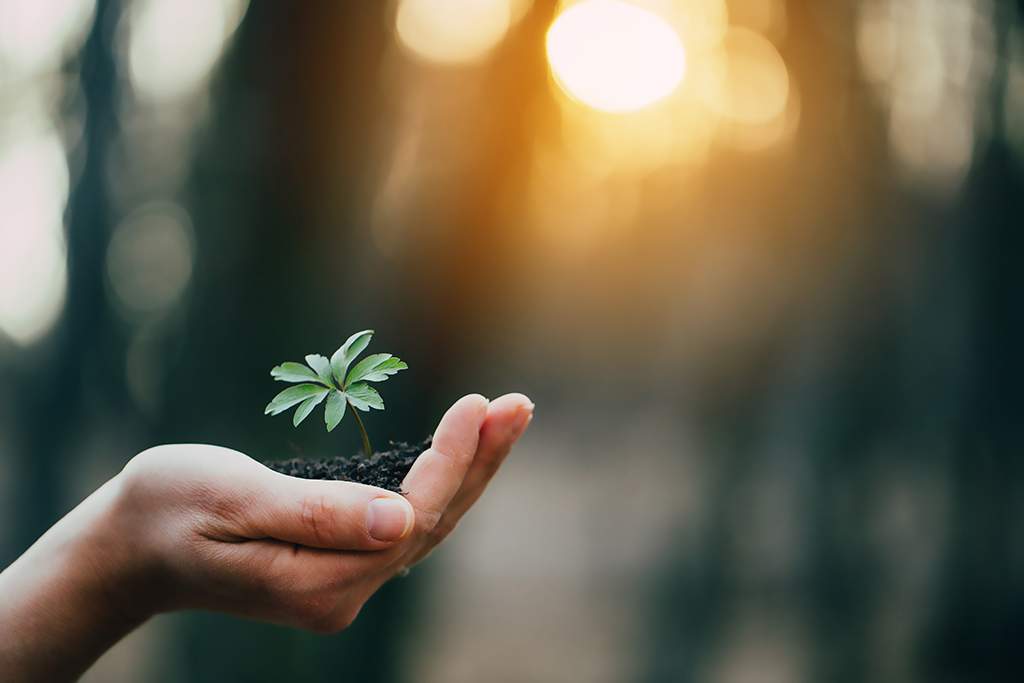
Sustainability Decoded – Is there such a thing as sustainable living?
Discover the evolving essence of sustainability—beyond eco-friendly products and recycling. Uncover hidden challenges like the true impact of tote bags, almond milk, and online shopping, and learn smarter, planet-friendly choices for a better future.
Using eco-friendly products. Reducing waste. Thrifting more, buying less. Opting for a vegetarian diet. Recycling or upcycling instead of discarding. This is all that comes to one’s mind when there is any mention of sustainability or living a sustainable life. But is this all? What if we tell you, not really.
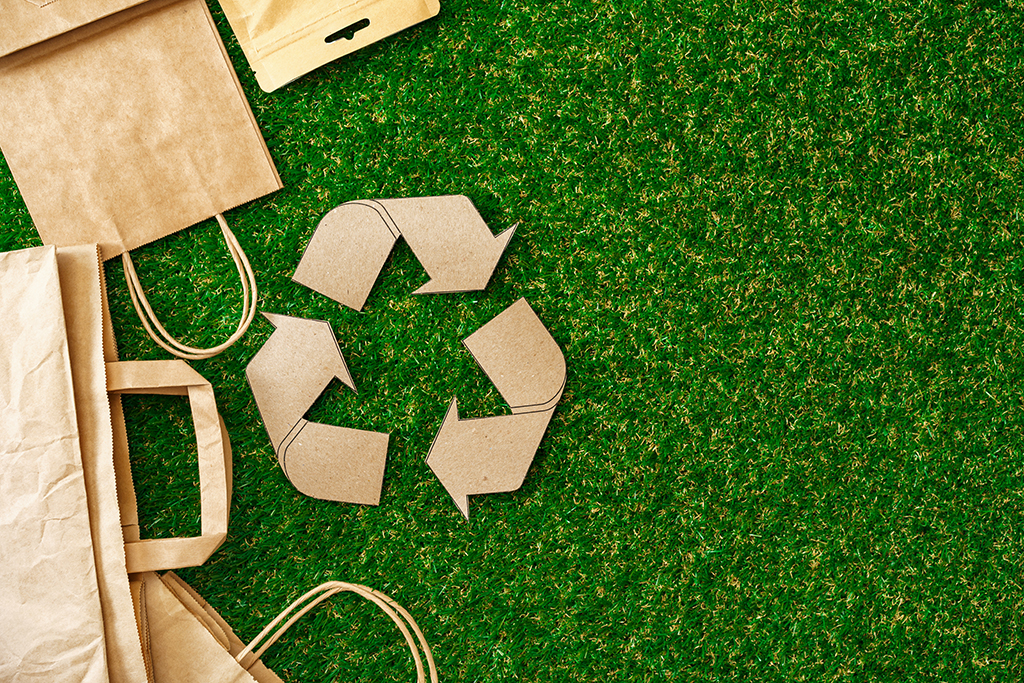
While everything mentioned above is most certainly a big part of living a sustainable life, many major and finer chunks are often overlooked by us. And that is completely okay!
We all start somewhere. In an attempt to reduce an individual’s or the society’s use of earth’s natural resources, “earth harmony living” or “net-zero living” is a lifestyle that is actually utopian.
Surprised? It’s true. Allow us to tell you why.
Is sustainability a hoax?
Leading a sustainable life ensures that all living beings use the earth’s resources responsibly so that the generations to come do not “run out” of them. Sounds achievable, but ironically, life is a consumptive process. Which means that by simply existing on this planet, we inevitably deny a certain number of resources to those who will come. We do compromise the ability of our future generations to meet their own needs.
Okay, so what would a sustainable world look like?
For a sustainable world to become a reality, the three pillars – environment, economy, and society – should all exist in harmony.
Environmental sustainability is when all of earth’s ecological systems operate in balance, and people consume the resources at a rate where they replenish themselves.
Economic sustainability can be established across the globe when all communities have complete access to resources and have secure sources of livelihood to meet their needs.
When human rights, basic necessities, cultural rights are ensured, personal and labour rights are respected, and everyone is safe from discrimination of any kind, it can be referred to as social sustainability.
The world would be self-sufficient, non-polluting, using sustainable energy resources, generating minimal waste, and employing new and efficient ways of ethical farming.
Because of this, the land, air, and water quality drastically improve, and global temperatures could cease climbing. The natural habitat, flora and fauna, and ecosystem would be protected and flourish.
Lastly, every human would have equal access to basic needs, healthcare and means of livelihood. The economic and financial system would be transparent, ethical and fair.
But then why is sustainability practised even though it is hard to achieve?
Without a doubt, it can be said that today, the world’s resources are under tremendous stress. Around 1.3 billion tons of food goes to waste every year, and the food supply chain is under attack due to excessive fishing, land degradation, urbanization, and more. Freshwater resources are being polluted at an alarming rate, and around 36.4 billion tons of CO2 were released into the atmosphere in 2021 alone.
Even though the “ideal” sustainable world is almost impossible to achieve, we need the ladder of sustainability to pull us out from self-destruction.
The good news is, a lot of us are becoming aware of this and are using sustainable alternatives to reduce our carbon footprint. Although did you know there is a loophole there too?
It feels terrible to break it to you, but these seemingly ‘sustainable’ things are actually doing more harm than good.
Are tote bags the new plastic bags?
This came as a yorker, right? But the cotton yarn used to make these bags uses a ridiculously vast amount of energy, which is just as high as the amount of fertilizer and water used for cultivating the cotton. You’ll have to use a cotton tote bag 7,100 times to make up for the resources that went into making it. You might have already stocked up a number of these bags, so the best thing you can do is to keep using them without buying more.

Almond milk? No, thank you!
If you’re vegan or lactose intolerant, then almond milk is no stranger to you. Although nuts have a lesser environmental impact than cow’s milk, growing a single almond takes about 1 gallon of water. So, think about how many you use while making almond milk, and multiply. Oat milk or soy milk is a far better option.
Online shopping – another name for ‘virtual’ destruction of the planet?
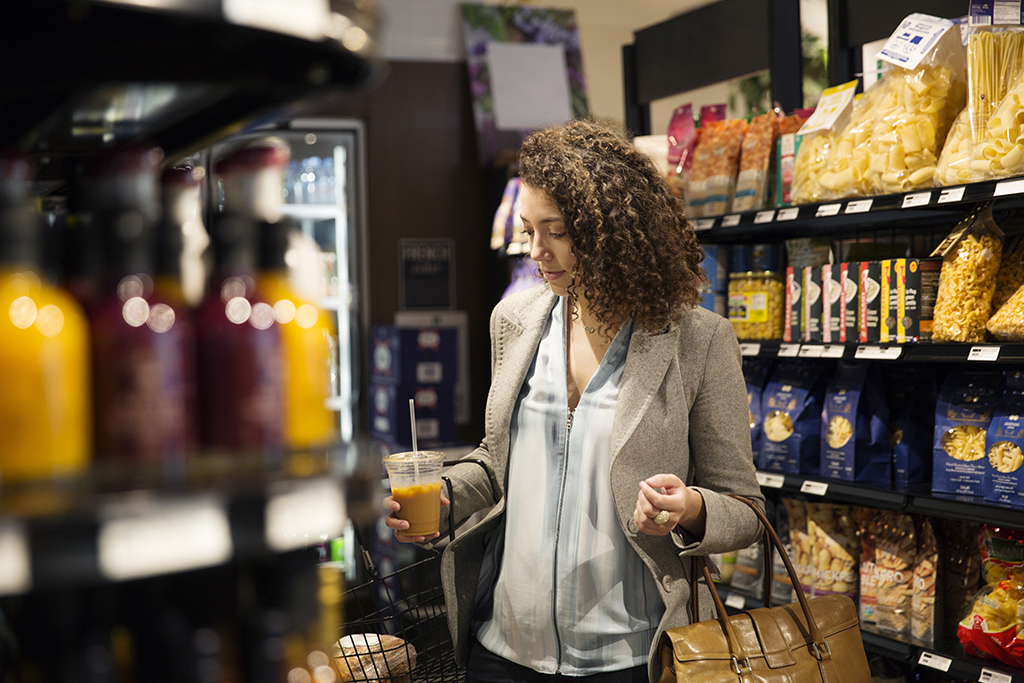
You’re not stepping out, so you’re saving fuel, thereby preserving the planet, wrong! Try to recollect the number of times you have sent back an online order. The product has probably travelled miles to reach you, and now it will go all the way back and be dumped in a warehouse. There have also been reports on Amazon, where it was found that millions of these returned packages and unsolved inventory are burnt or thrown away. Shop responsibly; every order matters.
Do you really need that *new* sustainable product?
Don’t get us wrong. Your heart is in the right place, but this one is slippery. You would have bought a new tote bag, metal straws, reusable water bottle, or clean beauty products, but you still messed up.
How? If there was a bag, straw, bottle or a similar beauty product already at home. Because every new product takes a lot of resources to be made. The mantra is reduce, re-use, re-cycle. You don’t need bamboo spoons if you simply take one from the kitchen; you don’t need an ethically-sourced body scrub if you already have two tubs of it in the bathroom. You get the drill.
Ditch the aluminium – Steel steals the show
You surely didn’t see this one coming, right? Turns out, aluminium bottles are far from being eco-friendly. This is because of two reasons. The production is quite energy-consuming, taking approximately 14 kilowatt-hours (kWh) of electrical energy per tonne to produce, which is way more than steel. Even when it comes to recycling, steel wins again, as it is the most recycled metal globally, even though aluminium is easily recyclable.
So, you see, sustainability is a much deeper and ever-evolving concept. But don’t get deterred by its complicated notion! Although achieving 100% sustainability is quite tricky, every step we take will push us one step closer to it. We are always presented with choices, and it is upon us to be aware and take responsible actions. Whatever we do today will not only impact us, but all the future generations to come. Choose sustainability – choose a better life for yourself and the planet.

